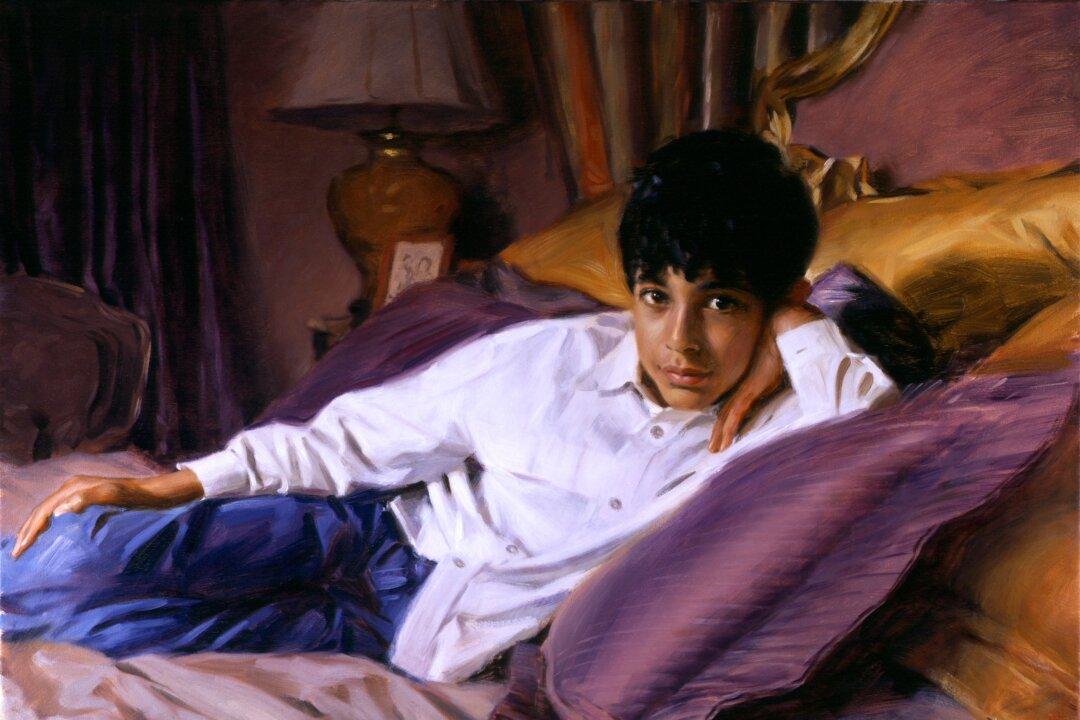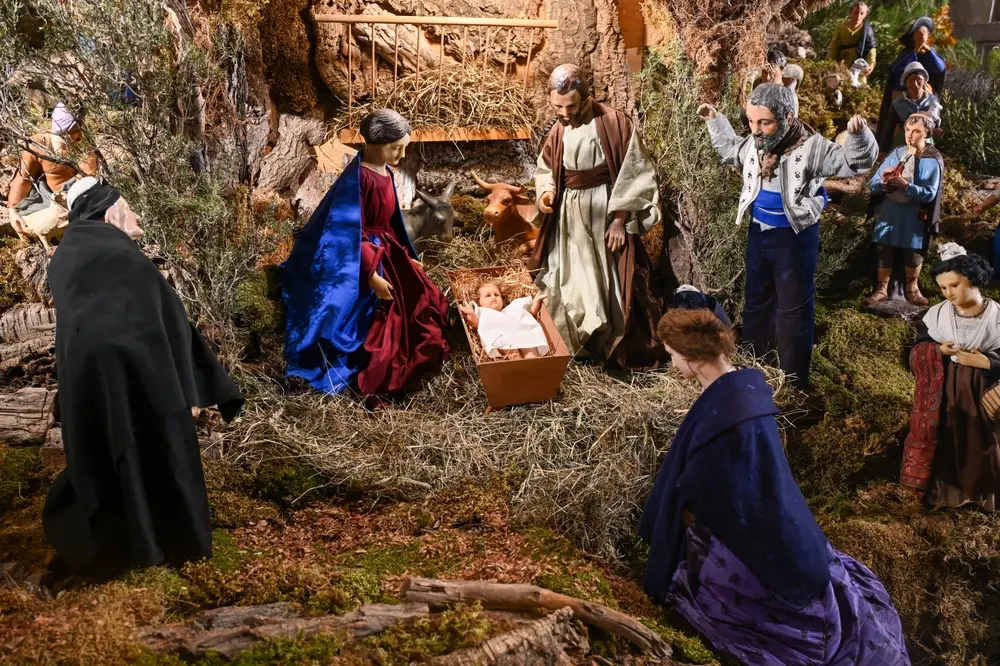Australian portrait painter Paul Newton has been perfecting the art of visual storytelling for more than 20 years. Much like a songwriter marries words to a melody, every time Mr. Newton paints people, he makes their souls sing. “I’m more articulate with paint than I am with words,” he told The Epoch Times.
He’s fluently painted saints, prime ministers, Ivy League school officials, and industry chairpersons and presidents. The Australia Post even commissioned him to create Christmas nativity stamps.






